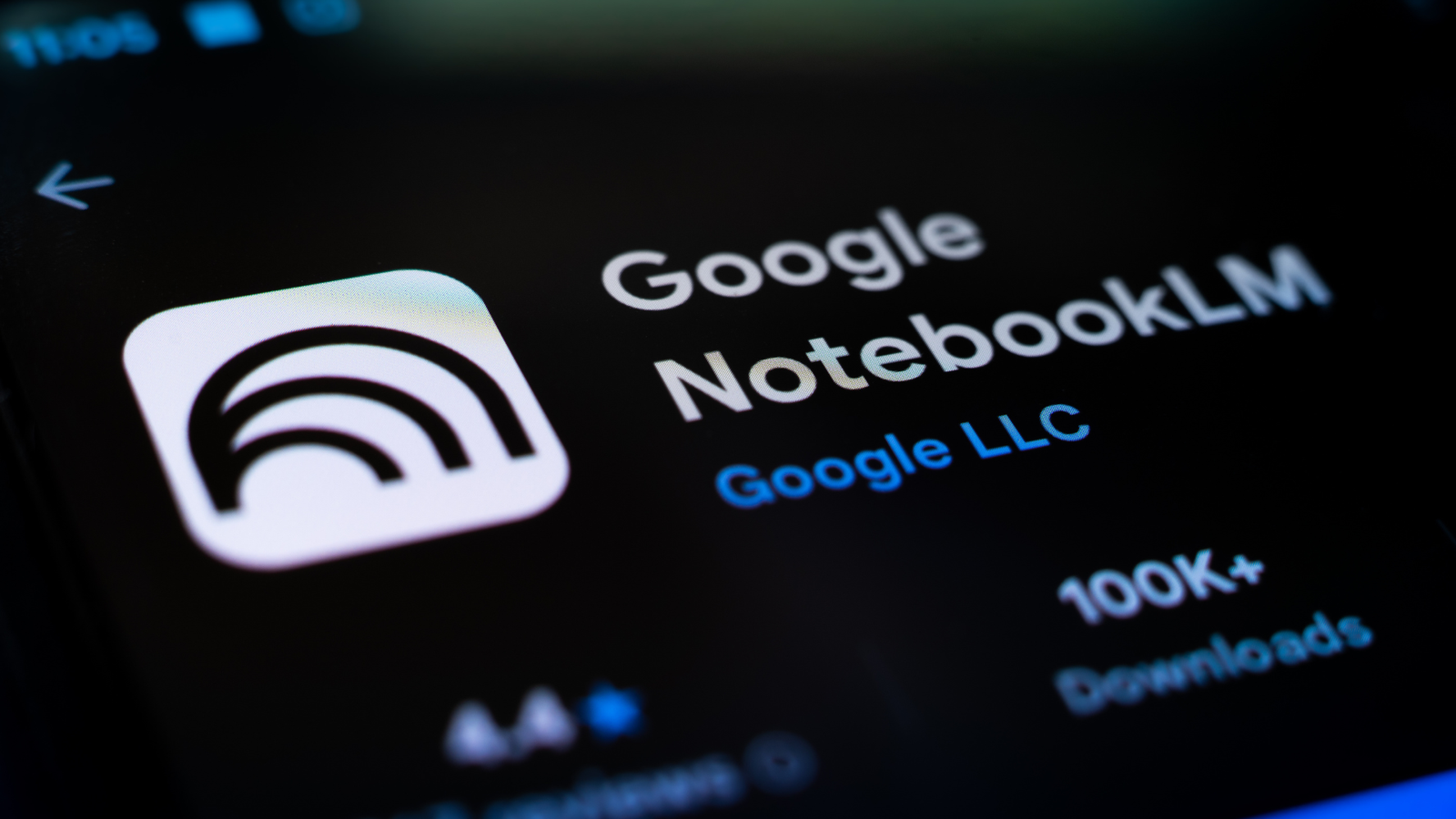I am a frequent user of Google’s NotebookLM, an AI tool that functions similarly to ChatGPT and other LLMs, but only pulls from sources and materials the user inputs. I noticed a few days ago that it has a new feature: A research function divided into “fast research” and “deep research.”
After playing around with it a little, these new features seem to completely defeat the purpose of why I started using NotebookLM in the first place—with one big exception.
What the new “fast research” and “deep research” options in NotebookLM do
In short, “fast research” and “deep research” make NotebookLM work a lot like other AI tools—they pull information in from the web on your behalf—and that’s the primary reason I don’t see myself using them.
When you use the deep research tool, you enter in what you want to research as a topic in the left panel, where you also typically store all the PDFs, links, and other materials you manually inputted as the sources for NotebookLM to pull from. This is where it differs from the premise NotebookLM has basically been built on since it was launched: The software searches the internet for sources, broadening the selection of materials the generated quizzes, podcasts, summaries, and flashcards will pull from. Before this update, it was entirely on you to find and input your own sources.
The fast research tool is similar. Instead of finding the sources and generating a long report, it just suggests a handful of new sources for you to consider.

Credit: Google
Whether using deep or fast research mode, you have the option to deselect sources if you don’t like them, but it’s tricky to review them. I tried it on a Notebook I have set up to study for my upcoming personal training certification exam. It spit out a selection of titles like “Free NASM Practice Test,” shown above on the left. I had to click the “7 more links” link to expand the panel, which then revealed where the sources were from and gave me the chance to open them in a new tab to review them before agreeing to import them (shown on the right).
Finding and assessing sources on my own is a crucial first step in my learning and brainstorming process, so I don’t see myself ever using this. The reason I love using NotebookLM is that it doesn’t do the work for me. It’s still my responsibility to go out and find all the sources I need, then input them so it can help me synthesize the contents. I use it for studying, for work, and to organize my personal projects. None of those things benefit much from random outside sourcing. And, as is a risk with all AI tools, there’s no guarantee it will find sources that are credible (again, it found me a Reddit thread I could have easily found for myself).
The one useful new feature in the NotebookLM update
When you’re inputting the topic you want NotebookLM to research, you’ll notice a dropdown menu. It’s automatically set to “Web,” meaning it will pull sources from the internet, but you can also set it to go through your Google Drive instead. That is helpful. I keep everything related to all my projects in distinct Drive folders already. Using this feature can help me input all the relevant materials when I need them instead of having to add them in manually, one by one. That’s the sort of utility I have been enjoying NotebookLM for over the past few months.
This articles is written by : Nermeen Nabil Khear Abdelmalak
All rights reserved to : USAGOLDMIES . www.usagoldmines.com
You can Enjoy surfing our website categories and read more content in many fields you may like .
Why USAGoldMines ?
USAGoldMines is a comprehensive website offering the latest in financial, crypto, and technical news. With specialized sections for each category, it provides readers with up-to-date market insights, investment trends, and technological advancements, making it a valuable resource for investors and enthusiasts in the fast-paced financial world.
